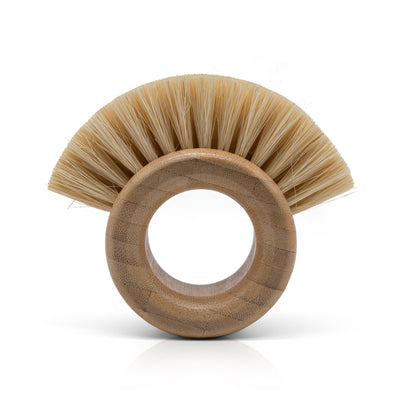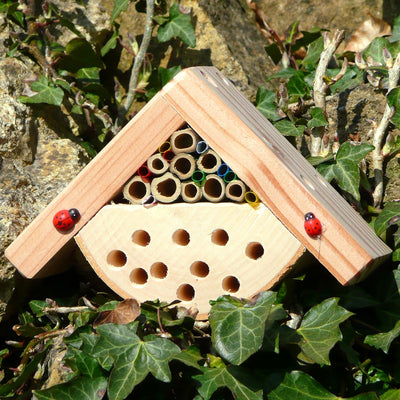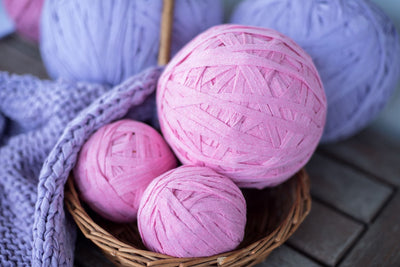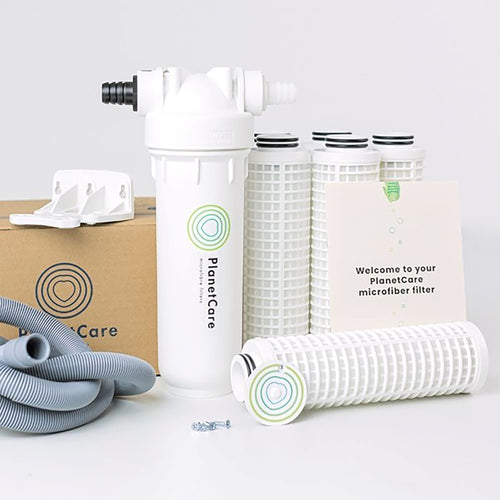Oh, I did go on a bit about the handle design, didn’t I? Well you probably didn’t read it all the way to the end and I can’t blame you. Anyway, I said I’d write about the tooling adventure next but I promise I’ll keep it brief.
The handle needed to be extendable, light, strong, fire retardant, and environmentally friendly. Once the design was perfected I approached a number of UK companies for tooling quotes.
I was surprised by how many outsourced the work overseas. Even companies that manufactured in house sent the tooling work to China.
Although I had had a computer model made of the design, and from that rapid prototypes, I was not confident that the design was ready to be tooled and mass manufactured. I was looking for a company that could help me tweak the design if necessary. Also, I am not an expert in plastic, and as there are thousands of different types, I was looking for reliable advice that could guide me in selecting a type that was appropriate for the product.
Finally I found a plastic manufacturer in the Northeast that worked closely with a tooling company in the same district. The tooling costs were three times that which I was quoted by other companies. It was the single biggest decision for me to take in developing the product, but I am so glad I did. They assisted with the product design, tweaking a few features to strengthen the structure of the handle and extension rod. The tooling was then commissioned.
The first batch of handles produced weren’t right. The threaded part broke too easily. Although it is a low-tech product, it has to withstand a certain amount of force as it is pushed and pulled in and out of the chimney flue. I had insisted on recycled plastic for all the components. Having fire retardant material in the plastic made it more brittle than it would have been.
Working with a local tooling company meant that the tool could be adjusted even after it had been made. Tiny pieces could be shaved off or added in. It took three more sessions of tweaking and small batch manufacturing with different types of plastic until the handles and rods were right. I had to go for a compromise in the end. The clamps are 100% recycled plastic, but the handles and rods, that take a greater strain, are virgin polycarbonate. These can be readily recycled, but the best thing is to keep them forever and buy replacement felt heads every several years…


















